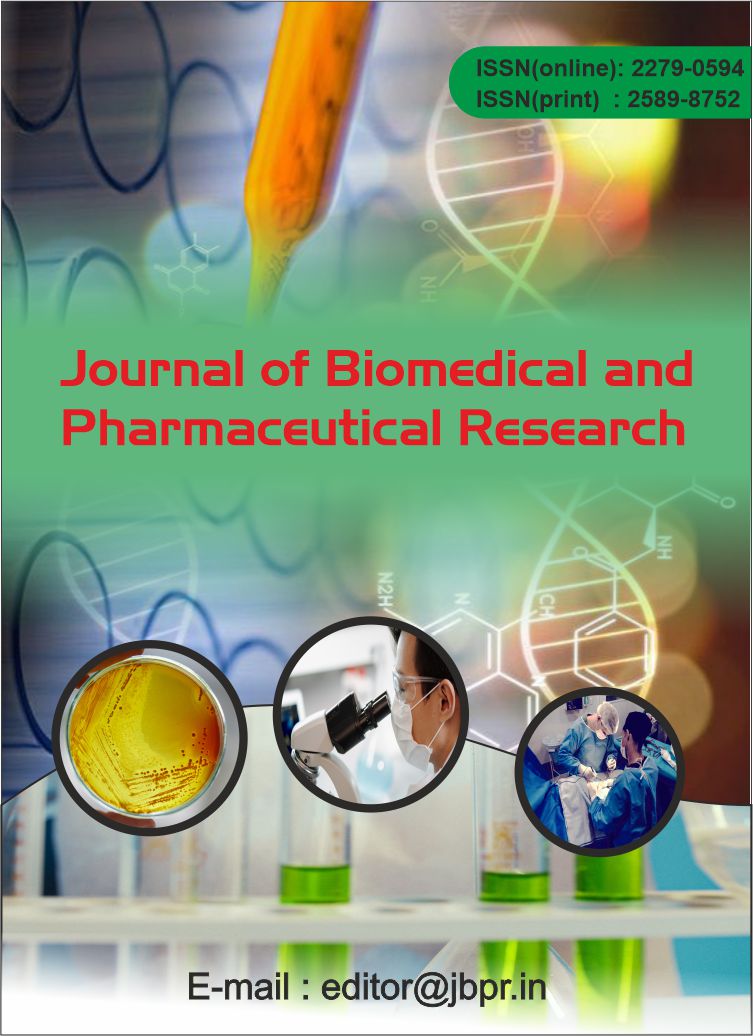Fourier Transform Infrared Spectroscopy Analysis of Gallstones: Clinical Implications and Composition Insights from a Tertiary Care Hospital
Abstract
Background: Gallstones are a common condition that can lead to significant morbidity and require accurate characterization for appropriate management. Fourier Transform Infrared (FTIR) Spectroscopy is a powerful analytical tool for identifying the biochemical composition of gallstones.
Objective: To analyze gallstones using FTIR spectroscopy and determine their composition in a cohort of patients undergoing cholecystectomy.
Material and Methods: A cross-sectional study was conducted involving 60 patients diagnosed with gallstones who underwent laparoscopic cholecystectomy. Gallstones were collected and analyzed using FTIR spectroscopy to determine their composition. Clinical parameters, including age, gender, and symptoms, were recorded.
Results: The FTIR analysis revealed distinct spectral patterns corresponding to different types of gallstones, including cholesterol stones, pigment stones, and mixed stones. Statistical analysis indicated a significant correlation between the type of gallstone and the clinical presentation.
Conclusion: FTIR spectroscopy is a valuable tool for the characterization of gallstones, providing insights into their composition and aiding in the management of patients.
Keywords: Gallstones, Fourier Transform Infrared Spectroscopy, cholesterol stones, pigment stones, laparoscopic cholecystectomy.
![]() Journal of Biomedical and Pharmaceutical Research by Articles is licensed under a Creative Commons Attribution 4.0 International License.
Journal of Biomedical and Pharmaceutical Research by Articles is licensed under a Creative Commons Attribution 4.0 International License.





